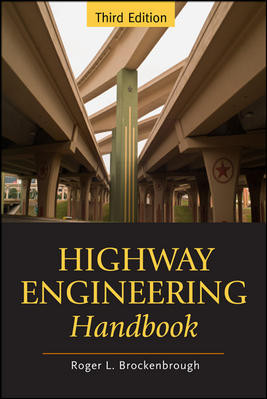In October, the National Science Foundation Directorate for Engineering expects to issue a "re-competition" solicitation for four to six national earthquake engineering research centers. The competition to create the infrastructure for the George E. Brown Jr. Network for Earthquake Engineering Simulation 2, or NEES2, will take place in fiscal 2013 and 2014. NEES2 funding is expected during fiscal 2015-19. Contingent on the availability of National Science Foundation funds, the Directorate for Engineering expects to seek approval for a NEES2 cooperative agreement in mid-2014.
In 2004, the National Science Foundation created NEES to give researchers the tools to learn how earthquakes and tsunamis affect the buildings, bridges, utility systems and other critical components of today's society. The original NEES is a network of 15 large-scale, experimental sites that feature such advanced tools as shake tables, centrifuges that simulate earthquake effects, unique laboratories, a tsunami wave basin and field-testing equipment.
Under the NEES2 operations cooperative agreement, the Directorate for Engineering will support U.S. experimental facilities that offer unique, large-scale experimental capabilities that are critical to addressing major earthquake engineering research challenges, says the directorate. The centers selected must be able to be fully operational as of July 1, 2014. Further, they must have a "clear strategy/plan to ensure that the facilities will effectively support a strong external user base," according to the directorate.
Member tasks will include the management headquarters, cyber-infrastructure, experimental facilities and education, outreach, and training activities. All "re-competed" tasks will be supported under one cooperative agreement for the management of NEES2 operations.
In addition to experimental facilities, the other major component under NEES2 operations will be a user-driven, community cyber-infrastructure that includes an experimental data repository; computational, simulation and collaborative tools; access to high-performance computing resources and hybrid simulation capabilities. Competitors will have at least a 120-day window for full proposal submission.
The Directorate for Engineering welcomes suggestions regarding evaluation criteria before Aug. 15. Suggestions should be submitted to Joy Pauschke, NEES program director, at jpauschk@nsf.gov.







